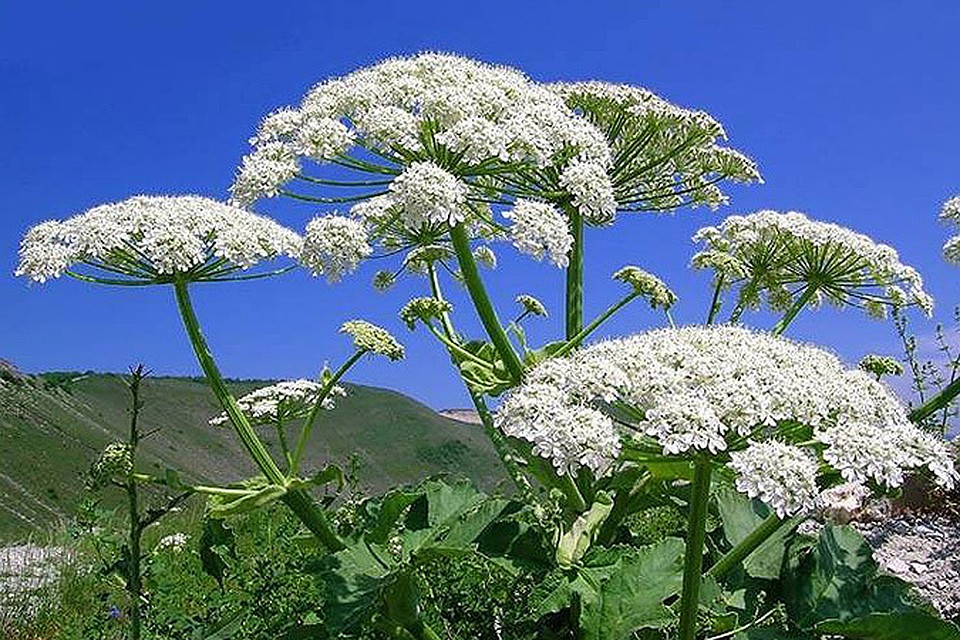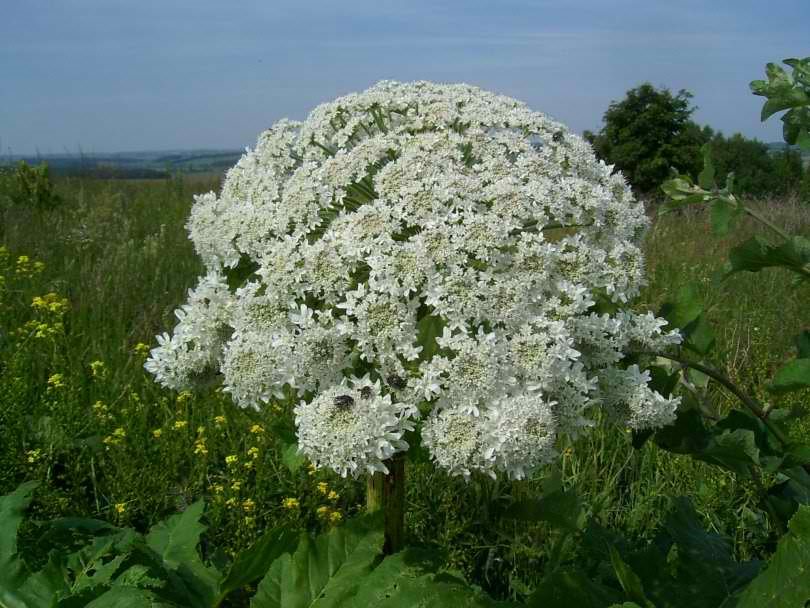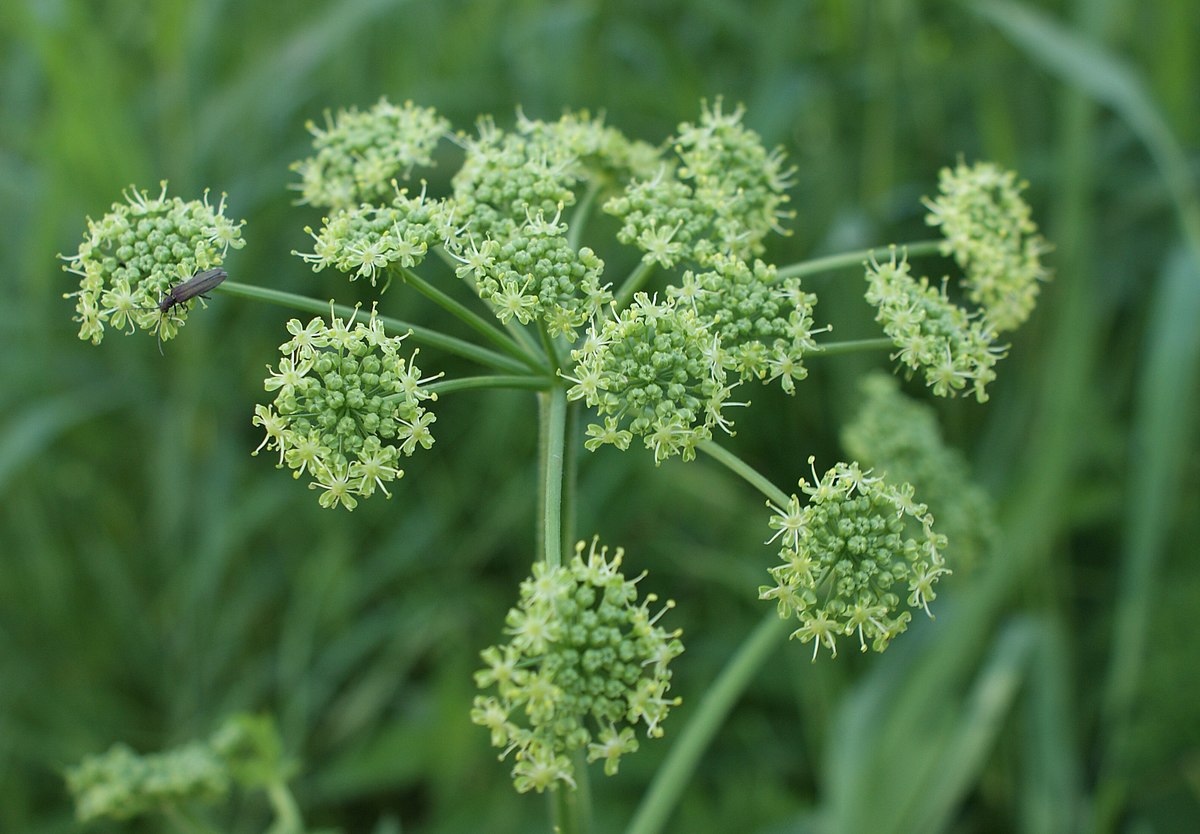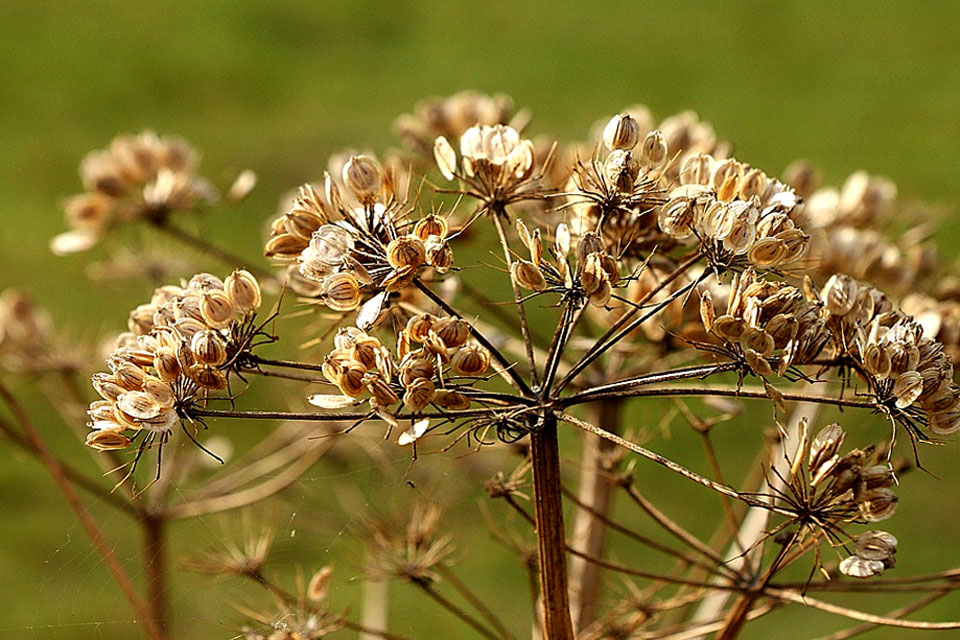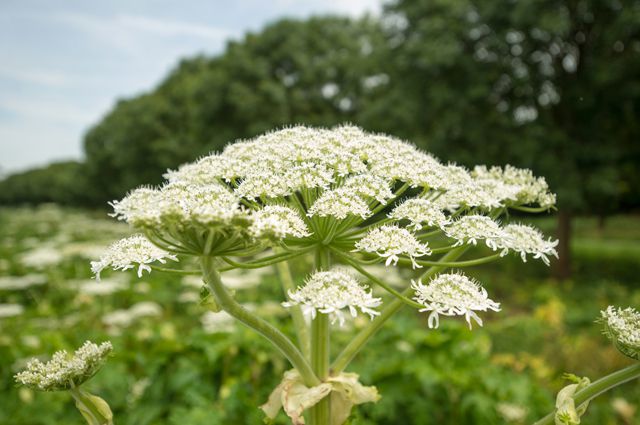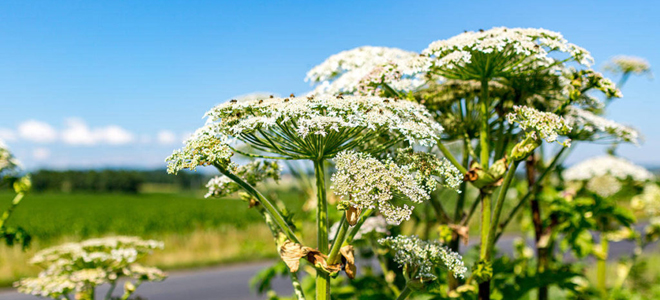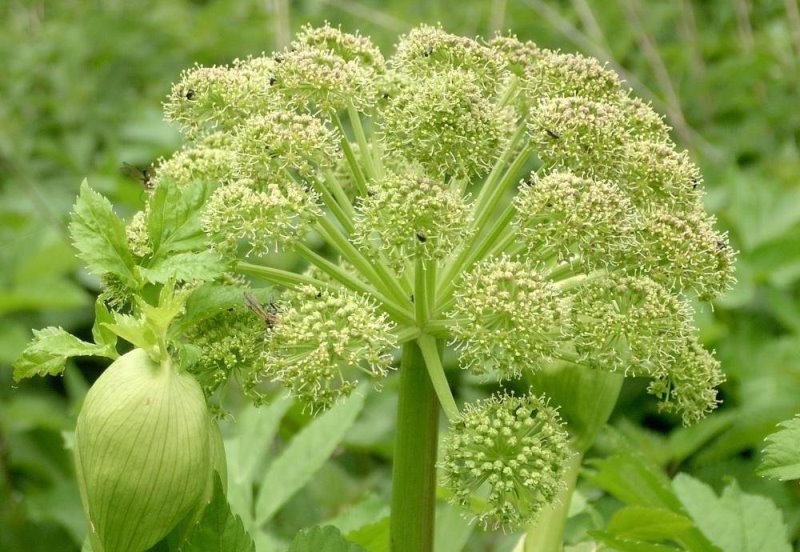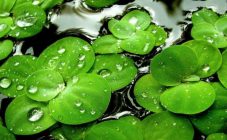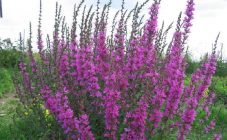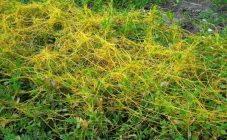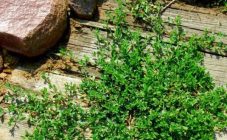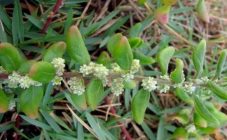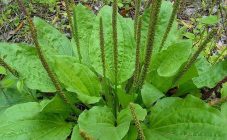Content:
The hogweed herb is famous for its incredibly large size. The people may call the plant in another way: hogweed, Bolshevik grass, bear paw or foot, sweet grass or Italian borscht. It is known that this plant can pose a real threat to human health. To avoid harmful effects, you need to know what a poisonous hogweed plant looks like and what is its danger.
Description of the plant
All over the world, you can find about 70 varieties of this plant. The hogweed herb is a fairly high hollow stem, on top of which there are heavy large foliage and small flowers. Some varieties of this herb can reach a height of 3 m, and the umbellate inflorescences reach 70 cm in diameter.
Typical habitats of hogweed are fields or the outskirts of roads, the banks of reservoirs or wastelands.
The cow parsnip belongs to the Umbrella family and is a perennial plant. The first name he received was Heracleum, after one of the main characters in the numerous myths of Ancient Greece. And this is not surprising, since the shoots of the plant grow very quickly, and the plant itself grows to an impressive size.
Next, it will be sorted out what the hogweed grass looks like and by what signs it can be recognized:
- the stem is hollow inside, and outside it has pubescence, in northern species it is more abundant, but the rest have a barely noticeable rare down;
- foliage has rather long petioles, thanks to which they are attached to the stem;
- the shape of the leaves is segmented, and the size is very large;
- the flowers of the plant are small, collected in complex umbellate inflorescences, painted white, but, sometimes, you can find a pink or green-yellow color;
- flowering begins in June and ends in July-August.
Also on the hogweed no later than September, fruits ripen. They are represented by droplets, which begin to crumble immediately after ripening.
Varieties of hogweed
It is worth noting several of the most common varieties of this plant: Shaggy hogweed, Mantegazzi hogweed, Sosnovsky hogweed, Siberian hogweed.
The greatest danger to humans is the Sosnovsky hogweed. It is impossible to confuse this species with other varieties, since its size is enormous. The stem is several meters high and the umbrellas are impressive in size.
Siberian hogweed, unlike Sosnovsky, reaches a height of no more than 2 m, flowers are painted in greenish-yellow color.
The shaggy hogweed can be found in the Caucasus or the Crimea. The view reaches a height of 1.5 m. The foliage has an elliptical shape, painted green on top and gray below. The flowers are small, white, collected in umbellate inflorescences, reaching 20 cm in diameter.
Mantegazzi's hogweed is a very poisonous and harmful plant. It grows throughout Europe, but London is considered the birthplace of the species.Initially, Mantegazzi was grown as an ornamental type plant, since it is one of the largest members of the family, but over time, due to its rapid spread, the species became wild.
Breeding features
The reproduction of the bear's paw occurs only thanks to the seeds. Vegetative propagation for this grass is impossible, but from underground buds, after mowing, it grows again.
The seeds of a plant can retain the ability to germinate for several years. Even a single plant is able to self-pollinate and soon fill the entire neighborhood with its offspring.
Culture properties
Each type of hogweed has its own properties and application features. For some, only a negative effect on the human body is characteristic. For example, Sosnovsky's cow parsnip is especially dangerous, and at the slightest touch to the skin causes a burn.
During the growing season, different parts of the bear's paw accumulate furocoumarins, which, when in contact with the skin, cause deep dermatitis. Even a lethal outcome is possible, especially in young children with prolonged contact with hogweed.
When the juice gets on the skin, blisters are formed, which begin to darken over time. They can completely disappear after a period of 3 to 6 months. A year later, due to exposure of the body to the sun's rays, the spots may appear again.
But some other plant species are beneficial to the body. Consider the main beneficial properties of the herb:
- sedative;
- anticonvulsant;
- antipruritic;
- pain reliever;
- choleretic;
- antispasmodic;
- wound healing;
- astringent.
Hogweed, like many herbaceous plants for open ground, are used for decorative purposes. Also, the herb can be used in traditional medicine or cooking.
A herb similar to hogweed: properties and uses
There are herbs similar to hogweed, consider a few of the most similar options:
- Sleepy is an edible, healthy and tasty weed used in cooking. Only young greens are used for food, which will perfectly fit into many salads, soups and main dishes;
- Hemlock is a very poisonous plant, which is quite common and grows on wastelands, roadsides, forest edges. It differs from the bear's paw in the bloom on the gray-colored stem and in the reddish-purple spots;
- Cicuta is a very large umbrella plant that grows on the shores of lakes, rivers, swamps and other bodies of water. The most dangerous part of the plant is the root system. When a plant poison enters the human body, severe poisoning occurs, and after a very short period of time;
- Angelica or angelica is very similar to hogweed. But, angelica is an absolutely safe plant. In order to distinguish between these two species, you need to look at the stem - in the angelica it is smooth, but in the hogweed it is covered with fine hairs.
How to deal with a poisonous plant
The hogweed grows very quickly. Of course, no one would want to meet poisonous grass in the garden or vegetable garden. There are several methods of weed control. It is necessary to choose a method more suitable for certain conditions and act exactly on the proposed system:
- Pruning buds that have not yet blossomed is the most viable option in a small area.In the process of trimming, you need to observe precautions, or rather, wear protective glasses, thick gloves and a medical mask;
- Incineration of the aerial cover is a method suitable only for the period of seed ripening. In the process of work, you must use a respirator and wear protective clothing;
- Processing with a special agent that destroys weeds throughout the cultivated area;
- The hogweed moth is a parasite that can cause significant damage to the hogweed. But it is worth noting that harm will be caused not only to weeds, but also to garden crops.
The cow parsnip is a large herb that can be divided into many varieties. Among the species, there are both poisonous and useful plants. Therefore, you should be very careful about the description of the characteristics of this plant, so as not to get burned in contact with grass.
